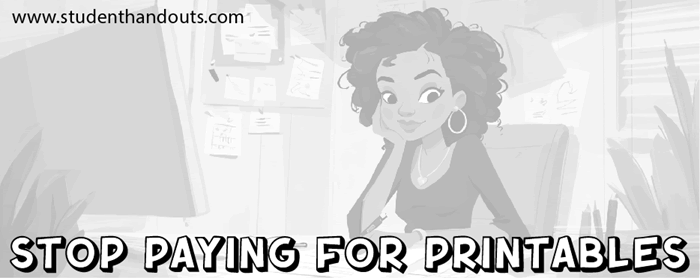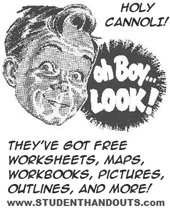Utilizing maps and pictures in the classroom can greatly enhance your high school World History students' understanding of the collapse of communism in Europe. Maps allow students to visualize shifting borders, the division between Eastern and Western Europe, and the spread of democratic movements. They help illustrate how the Iron Curtain once separated Soviet-aligned nations from the West and how those boundaries changed with the fall of regimes in places like East Germany, Czechoslovakia, and the Soviet Union itself.
Pictures—such as photographs of protests in Prague, the fall of the Berlin Wall, or leaders like Mikhail Gorbachev and Lech Wałęsa—bring historical moments to life. Political cartoons and propaganda posters from the era can prompt discussion and critical analysis of public sentiment and state messaging.
By connecting events to real people and places, maps and visuals support visual learners and make abstract political shifts more tangible. These tools also foster engagement, deepen comprehension, and encourage students to analyze the emotional and social impact of communism's collapse.
|









